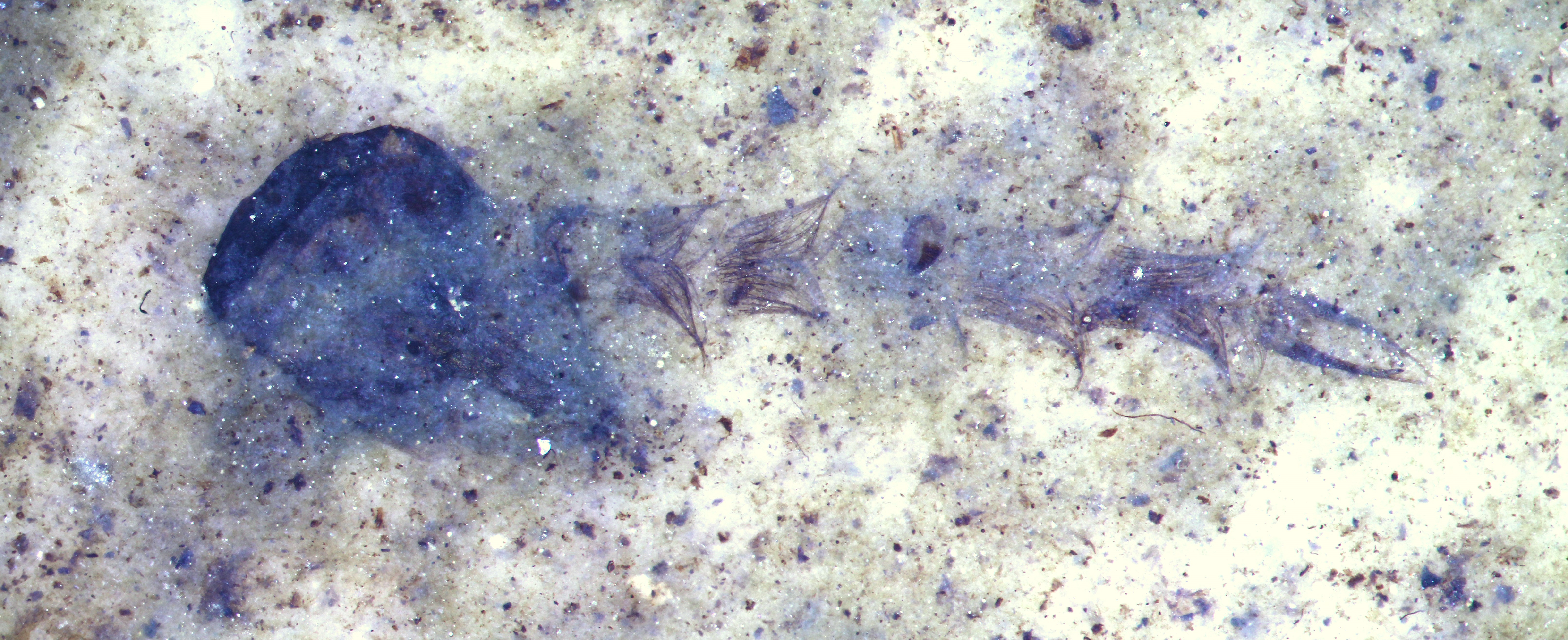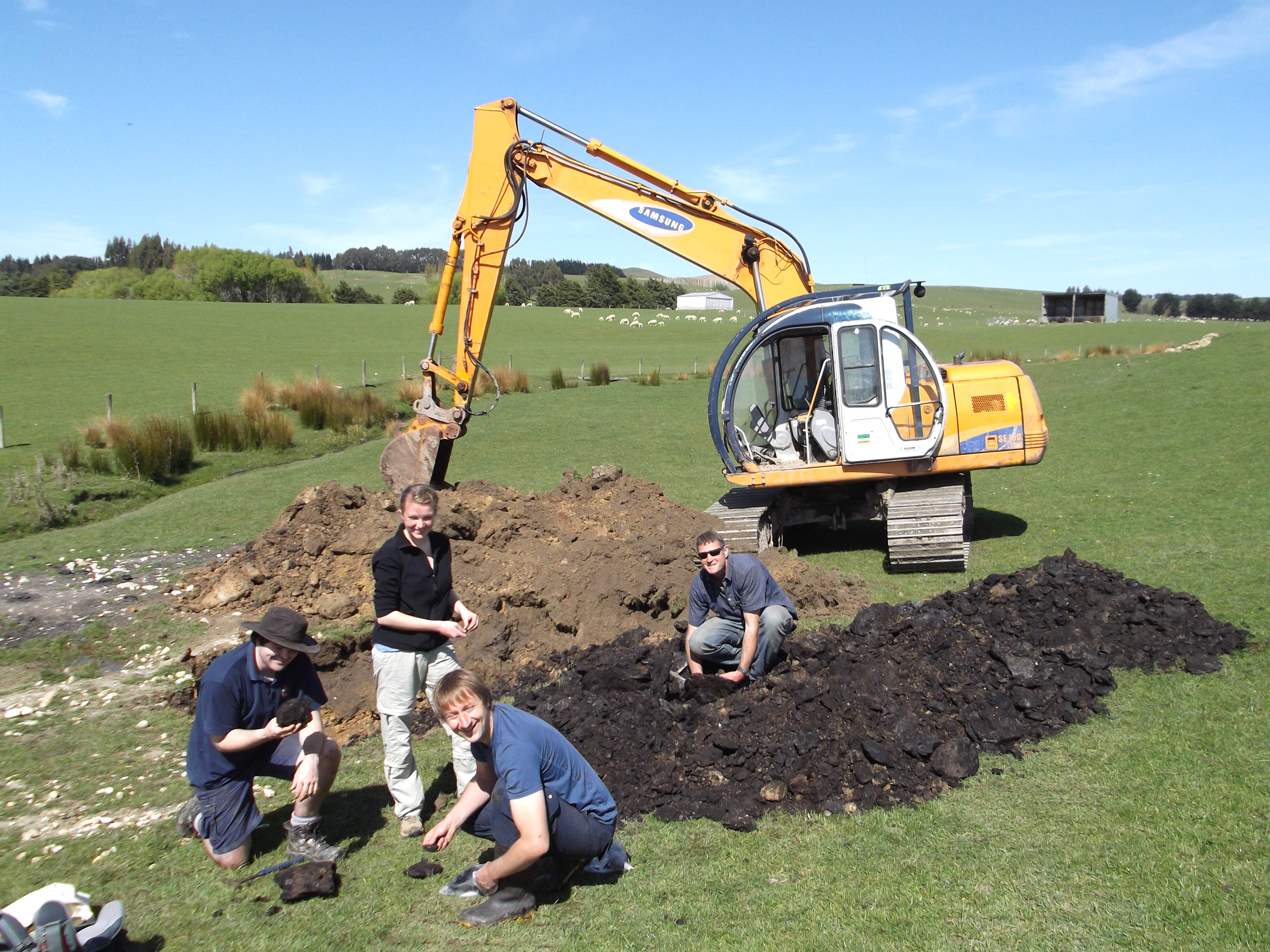The discovery of fossils of phantom midges suggests an extreme climatic event in New Zealand
The causes of the extinction of these aquatic insects in New Zealand are not known, but it may be indicative of some drastic environmental change in the islands, such as a severe drought or submersion of New Zealand’s landmass.

Research team led by the Doñana Biological Station – CSIC has confirmed for the first time the presence of phantom midges in fossil records in New Zealand, approximately 23 million years old. These species, principal plankton predators and important ecosystem engineers in lakes and ponds, are currently present in all main landmasses in the world, except Antarctica and New Zealand, where their presence was not confirmed until now. This may suggest the existence of a radical climate change in these islands that would have led these species to extinction.
The scientific team has documented 30 specimens of immature individuals of these midges, known as Chaoboridae, in fossils collected from Foulden Maar Fossil Lake in New Zealand. This lake, now dry, was originated in the crater of a dormant volcano and was 2 km in diameter and 350 meters deep. As they died, abundant microscopic algae, called diatoms, formed a layer on the lake bottom that made possible the unique preservation of fossils for millions of years.
“This unique lake is our window into the Southern hemisphere’s past 23 million years ago,” says Viktor Baranov, first author of the study and CSIC researcher at the Doñana Biological Station. “Foulden maar preserves in exquisite details, fossils of plants and animals that ended up in the small lake, surrounded by a wet forest”. Due to geological and climatic changes over millions of years, today the climate of the area is colder and the lake is completely dry, which makes it a unique place for the study of fossils.
Specimens were photographed under the light of a stereomicroscope and stored in the Museum of the Geology Department of the University of Otago in New Zealand. During the study, at least 5 distinct “morphotypes”, term used when the species can not be determined precisely, were identified. “It is very notable that Chaoboridae were present in New Zealand in the past, but not now. New Zealand the only large land mass where they are currently absent apart from Antarctica”, explains Baranov.
An extreme climatic even, possible cause of their extinction
There are no clear indications of what may have caused the extinction of these mosquitoes in New Zealand. Extinction of certain groups of animals in New Zealand is explained by either hypothetical submersion of New Zealand of the Oligocene (28 million years ago), or cooling of the landmass in the Pleistocene, during the last Ice Ages. However, these fossils are younger than hypothetical submersion of the Islands, and Chaoboridae are not known to go extinct even in the regions directly impacted by the glaciations.
“Extinction of Chaoboridae in New Zealand at some point after the Miocene is indicative of some kind of negative event impacting freshwater fauna, such as a drought”, explains Baranov. “In fact, there is some palaeobotanical evidence of the sustained drought in New Zealand, starting in the Miocene, the period at which these fossils are dated”. Another possibility is that extinction of Chaoboridae is related to potential Oligocene submersion of New Zealand, but concrete links between these two events are not currently understood.
These findings show the value of preservation of the fossil sites around the world, as archives of Earth that allow do invaluable discoveries that can help understand numerous natural processes of the present, such as impact of the anthropogenic climate change on the aquatic ecosystem.
“We only have about 200 hundred years of meteorological records, that give us a limited understanding how changing climate impacts nature and human lives. But geological archives of Earth are holding vast amounts of palaeoclimate data, wating, to be used in the forecasting of the future impacts of the ongoing climate change”, says Baranov.
Work of Dr. Daphnee Lee, Dr. Uwe Kaulfuss and Dr. John Conran have recently led to unearthing numerous fossils, including dozens of insects, which are among the best of such fossils from Southern hemisphere. This discoveries, and role of Foulden Maar in forming the understanding of the Earth ancient past, have led to UNESCO designating it as a “World Heritage side”. “Our unexpected discovery of phantom midges from Foulden Maar, further highlights how many surprises this fossil site still holds”, concludes the researcher.

Reference:
Viktor Baranov. Joaquim T. Haug, Uwe Kaulfuss. New records of immature aquatic Diptera from the Foulden Maar Fossil-Lagerstätte, New Zealand, and their biogeographic implications. PeerJ. https://doi.org/10.7717/peerj.17014